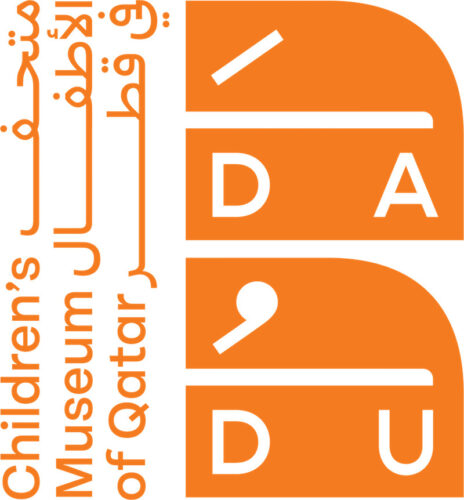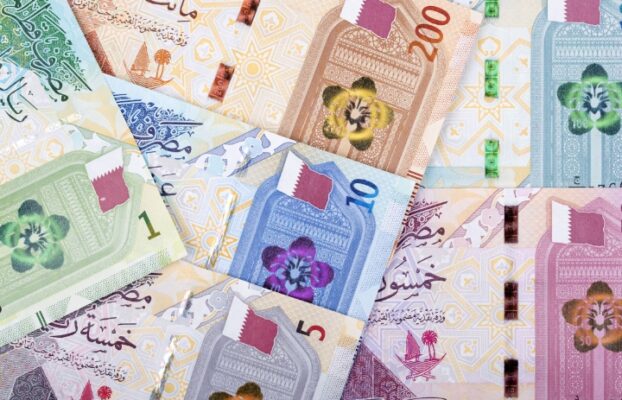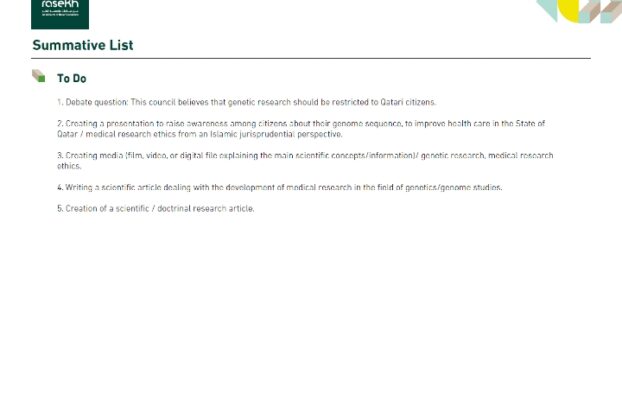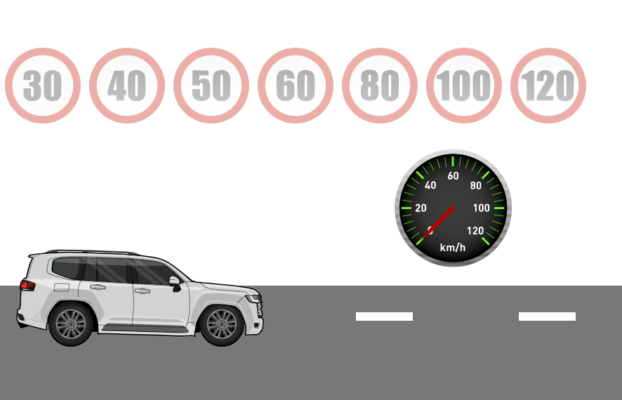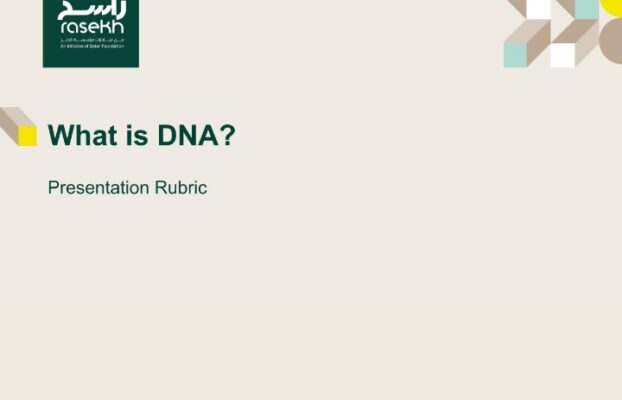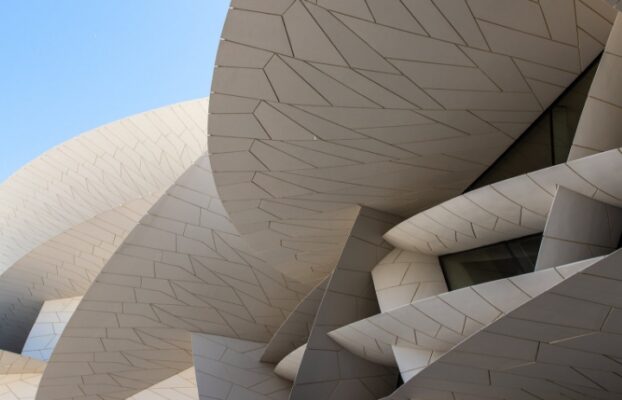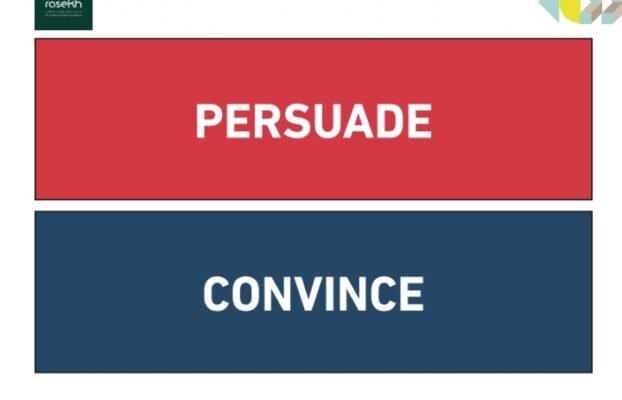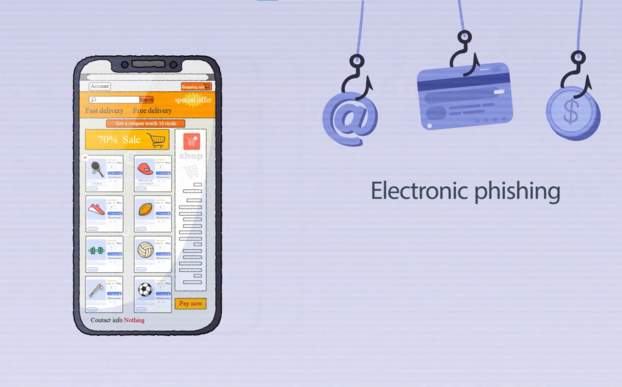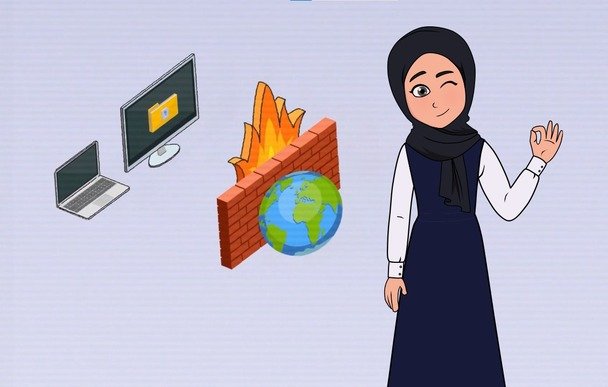Moon Phases
The Lunar Cycle and Ramadan
-
Culture and Heritage
QNV 2030: Human Development
-
Resource Plan
-
SDG 4: Quality Education
-
7 - 8 years
-
Islamic Studies, Language(s), Maths, Science
-
Resource ID: 15474
- Share Feedback Embed Resource
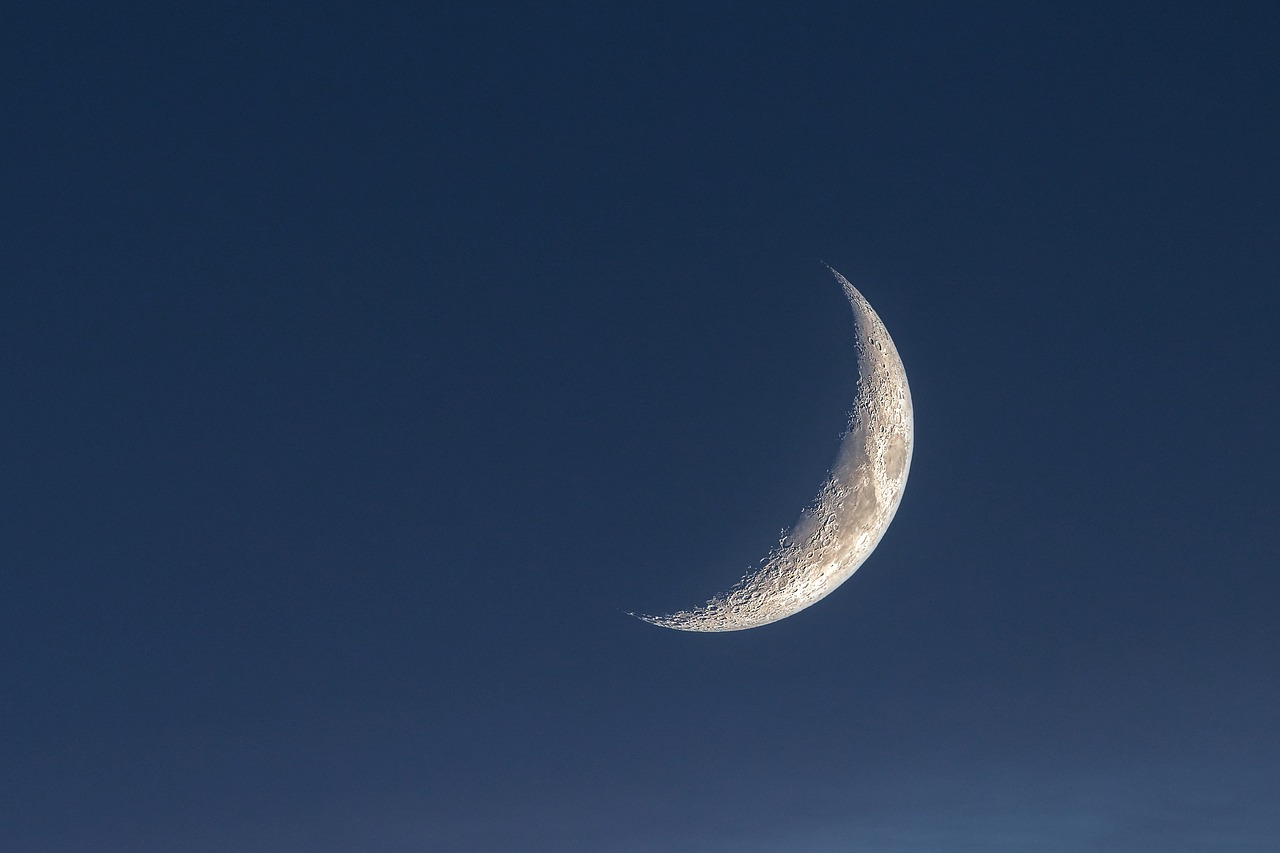
Overarching Goal(s)
- To nurture learners as global citizens who are connected to their own identity.
- To equip learners with the knowledge, skills, motivation and understanding to demonstrate the importance of Glocalization as a sustainable model for learning.
- To inspire students to act sustainably from both local and global perspectives.
Learning Outcomes
- Learners analyze and interpret the diversity of opinions, and ideas relating to glocalization within both local and global contextual and conceptual frameworks.
- Learners use their awareness of their own strengths and areas of growth in their understanding of glocalization.
- Learners develop lifelong skills which support their sustainable actions.
Possible Duration (Hours)
6-7 hours
Qatar National Vision 2030 Connection
Qatar National Vision 2030: nurturing and educating children of all abilities to be future leaders and caretakers of Qatar.
English: https://www.gco.gov.qa/en/about-qatar/national-vision2030/
Arabic: https://www.gco.gov.qa/ar/about-qatar/national-vision2030/
Source: Government Communications Office (2023). Qatar National Vision 2030. [online] Government Communications Office. Available at: https://www.gco.gov.qa/en/about-qatar/national-vision2030/
Sustainable Development Goals (SDGs) Connection
SDG 4: Quality Education: The lesson will have aspects of ensuring inclusive and equitable quality education; promoting life-long learning opportunities.
The 17 Sustainable Development Goals, United Nations
English: https://sdgs.un.org/goals
Arabic: https://sdgs.un.org/ar/goals
Source: United Nations (2024). The 17 Sustainable Development Goals. [online] United Nations. Available at: https://sdgs.un.org/goals
Action Learning Outcomes
- Learners become more aware of their own strengths and areas for growth.
- Learners discuss, evaluate, and plan student-initiated activities.
- Learners persevere in action.
- Learners work collaboratively with others.
- Learners consider the ethical implications of their actions.
Content
The content of the lesson tool focuses on comparing the Gregorian calendar with the Islamic Hijri calendar. It provides opportunities for students to connect to their national identity and heritage, research and inquire further into the Hijri which led to the Islamic Hijri calendar.
Resource Utilization and Identification: Dadu, Children’s Museum of Qatar (Qatar Museums)
Subject Matter: Islamic Studies, Languages, Literacy, Math (calendar months) and Science – Phases of the Moon. The action activity includes a healthy nutrition student task.
Glocalization Connections: Comparing the Gregorian calendar with the Islamic Hijri calendar.
Differentiation: Differentiated student questions.
Critical Thinking: Encourage students to explore the Islamic history behind the Hijri calendar and how it connects with Islamic, heritage and Qatari culture.
Real-world Application: Discuss and explain how understanding the Islamic Hijri calendar helps us comprehend the phases of the lunar cycle.
Strategies
The strategies employed in this lesson tool are designed to foster analyzing, critical thinking, inquiry, collaboration, and innovative engagement. They include visible thinking routines, responsive pedagogy, and problem-solving approaches to adapt to students’ needs and encourage active participation. Students apply meaningful learning experiences that connect to Islamic heritage and local culture in comprehending the phases of the Moon.
Responsive and Adaptive Pedagogy: Adjust the pace and level of guidance based on student responses and engagement.
Inquiry: Encourage students to inquire about the relationship between the two calendars and the differences between them.
Collaboration: Facilitate group and class discussions where students can compare their perceptions, collaborate and exchange diverse perspectives.
Assessment for and as Learning: Use formative assessments for their responses.
Problem-Solving: Ask students to take safe measures to observe and track the moon phases for a month at home to share with their family members.
Learning Experiences
Learning Engagement 1: Comparing the Gregorian Calendar and Islamic Hijri Calendar
Learning Objective: To understand the similarities and differences between the Gregorian calendar and the Islamic Hijri calendar.
Resource 1a: Gregorian Calendar: https://rasekh.qa/wp-content/uploads/2024/08/Resource-1a-Gregorian-Calendar-.pdf
Resource 1b: Islamic Hijri Calendar: https://rasekh.qa/wp-content/uploads/2024/08/Resource-1b.Islamic-Hijri-Calendar-.pdf
Resource 2: Gregorian Calendar and Islamic Months of the Year – https://rasekh.qa/wp-content/uploads/2024/08/Resource-2_-Gregorian-Calendar-and-Islamic-Months-of-the-Year.pdf
The teacher will print the resources in A3 size prior to the tasks for each small group of students.
Introduction
Each small group will be provided with an A3 size of the annual Gregorian calendar. This can be printed from Resource 1a, or an updated version can be printed from Google Calendar.
The students will be asked to analyze this calendar and will:
- Discuss in their small groups of three to four students, something they find interesting about the calendar, and something that they are curious about.
- Circle the months of the year using a fine tip colored pen. They will read out each month as they circle them in the order of the calendar months.
- Then write down how many months there are on the calendar, and draw a smiley face on the month that the Gregorian calendar year starts with.
- Observe and count how many days there are in each month.
The teacher will ask the students: Are the days in each month the same or different?
Why do they think that the days in each month might be the same or different?
Mini plenary
Each group of students will share their responses with the rest of the class and the teacher will facilitate any questions and engage the students with their curiosities. The teacher will ask if they know of any other calendars.
Activity
The teacher will explain to the students that they will be provided with another A3 sized calendar, The Islamic Hijri calendar from Resource 1b, and they will analyze this calendar in the same way as Resource 1a was analyzed. In addition, the teacher will ask the students how this calendar is the same or different to the Gregorian calendar that they analyzed previously?
Mini plenary
Each group will share their responses with the rest of the class, and the teacher will facilitate student discussions on how the calendars are the same or different.
Student friendly questions
Which of the two calendars is used widely and globally?
How would the Islamic Hijri calendar be useful to the local and global Muslim communities?
Activity: Creating a Gregorian/Islamic Hijri Calendar
The teacher will explain to the students that each group will create one calendar that combines the Gregorian and Islamic Hijri calendars. The students will be provided with an A3 print size of the Google Calendar 2024, Resource 2, and the Islamic calendar months printed in A3 size from Resource 2. As an option, the latest annual calendar can be printed from Google Calendar.
The students will carefully cut around each Islamic month using school safety scissors. Alternatively, the Islamic months can be cut and prepared prior to the activity, and provided in small envelopes to each small group. The students will be instructed to collaborate and organize the Islamic months on the Gregorian Calendar provided to them. They will look at the Islamic Hijri calendar from Resource 1b to help them place the months in their correct place.
Plenary/Reflection
The teacher will need to ensure the questions from Resource 3 are printed and cut out prior to this reflection. The teacher will ask the students to sit in a circle, and will select and place each question one at a time in the middle of the circle. The teacher will facilitate a collaborative class discussion by inviting students to participate and respond to the question(s).
Resource 3: Questions for Circle Discussion: https://rasekh.qa/wp-content/uploads/2024/08/Resource-3_-Questions-for-Circle-Discussion-.pdf
What made it easy for you to create the combined calendar?
When creating the combined calendar, what did you find difficult?
Do you think it is possible to create a combined calendar to represent both the Gregorian and Islamic Hijri calendar? Explain your answer.
Why is the month of Ramadan important to Muslims nationally and across the world?
How many days do you think Muslims fast during the month of Ramadan?
What is something you like and want to share about the month of Ramadan?
How do Muslim communities, nationally and internationally know when Ramadan begins?
What do Muslims look for in the sky to know that it is the start of Ramadan?
What do you think the Moon looks like at the beginning of Ramadan?
What do you think the Moon looks like at the end of Ramadan?
Learning Engagement 2: Understanding and Identifying the Phases of the Moon.
Learning Objective: To understand the phases of the Moon and the lunar cycle.
Activity: Phases of the Moon
Students will watch the Moon Cycle and Phases Video, Resource 4: https://rasekh.qa/wp-content/uploads/2024/08/LunarCycleForChildren.mp4
The teacher will provide the video for students to watch in small groups or as a class, and each group will be provided two questions to answer.
The students are encouraged to add any questions they would like to ask or know more about on the topic.
The teacher will choose which questions to provide to which group of students depending on their ability and questions that require higher thinking skills.
Student friendly questions
Group 1:
How many miles per hour on average does the Moon orbit the Earth?
How many days does it take for the Moon to go all the way around Earth?
Group 2:
Why do we see the Moon differently each night?
Which phases of the Moon interests you as a group the most? Explain your answer.
Group 3:
Describe how the full Moon appears in the sky.
Why does the Moon appear to change shape throughout its Lunar cycle phases? Explain your answer.
Group 4:
Can we visibly see the New Moon? Why is this?
Describe how the New Moon appears in the sky.
Group 5:
Which Moon phase is the one that Muslims look for to start fasting in the month of Ramadan?
How will the Moon appear in the sky when Ramadan begins?
Reflection:
The students will share their responses with the rest of the class.
The teacher has a choice of providing either one of the two following hands-on activities to the students depending on the resources available.
Activity: Identifying the Phases of the Moon – Oreo Cookie Activity
Resource 5: Phases of The Moon Template for Oreo Cookie Activity – https://rasekh.qa/wp-content/uploads/2024/04/Resource-5_-Phases-of-The-Moon-Template-for-Oreo-Cookie-Activity.pdf
Learning objective: to visualize the phases of the moon using the contrast of frosting and cookie to represent light and shadows on the surface of the moon as seen from Earth.
To identify the Moon phases and understand how it changes in its appearance during the lunar cycle.
Each pair of students will need:
8 Oreo cookies (a few extra cookies may be needed in case any of the cookies break)
A popsicle stick or a teaspoon
Instructions:
To avoid breaking the cookie, students take turns to slowly twist to open the cookie with the frosting intact.
Using the popsicle stick/teaspoon they will scrape the frosting gently on each Oreo cookie to show each one of the eight phases we can see of the Moon. Then the students will arrange the phases of the Moon in order on the Resource 5 template.
Prompt students to think about the eight phases of the moon (New Moon, Waxing Crescent, First Quarter, Waxing Gibbous, Full Moon, Waning Gibbous, Third Quarter, Waning Crescent).
Emphasize and support students learning the names of the phases as part of new vocabulary, and the side where the Moon appears to be growing and the left side where the Moon appears to be shrinking. The students can try to remember four of the names of each phase.
As the students name each phase, they will scrape the frosting to create that phase of the Moon.
Once they have all created all eight phases of the Moon, they will arrange their cookies in order.
The students will explain which Moon phases appear to be growing bigger and which Moon phases appear to be getting smaller (shrinking).
Alternative Activity using white mini-round paper plates
Resource 6: Phases of the Moon: https://rasekh.qa/wp-content/uploads/2024/04/Resource-6_-Names-of-Phases-of-the-Moon.pdf
Phases of the Moon Activity using mini white round paper plates, black crayon/black paint or black tissue paper with safe and friendly children’s glue.
- 8 small white paper plates
- black crayon/black paint, or black tissue paper with safe and friendly children’s glue
The students will work in pairs using their white paper plates, and black crayon to color in the part to represent each of the eight phases of the Moon. Students may prefer to use black paint, or scrunch up black tissue paper and stick them on each plate using the safe glue to demonstrate the eight phases of the Moon, as a fun and creative learning activity for them. The teacher will provide the students with an A3 sheet of blank paper, and they will arrange and stick their ‘Moon phase’ plates in the order of the Moon phases on the A3 paper. They can watch the video to help them with the correct order. The teacher should provide them with an example by demonstrating one of the Moon phases.
The teacher will provide the names of each Moon phase from Resource 6:
New Moon, Waxing Crescent, First Quarter, Waxing Gibbous, Full Moon, Waning Gibbous, Third Quarter, Waning Crescent.
The students will carefully cut out the names using safety scissors, and stick them next to each phase of the Moon on their A3 paper. The teacher will emphasize and support students with the names of the phases as part of new vocabulary, and the side where the Moon appears to be growing and the left side where the Moon appears to be getting smaller. The students can try to remember four of the Moon phase names.
Reflection
The students will explain one of the Moon phases using their own words and understanding.
Resource 7 : The Significance of the Moon in the Holy Qur’an: https://rasekh.qa/wp-content/uploads/2024/08/Resource-7_-The-Significance-of-the-Moon-in-The-Holy-Quran-.pdf
The teacher will share Resource 7 with the students, the verse from The Holy Qur’an, Chapter 10, Allah’s creation of the Moon and the phases with the utmost respect, and will highlight its significance to the Islamic religion and culture for Muslims nationally and globally.
Action Activity
Resource 8: Dadu, Children’s Museum of Qatar Moon Tracker Activity Resource: https://rasekh.qa/wp-content/uploads/2024/03/moon_tracker.pdf
The teacher will prepare the resources and cut them up in advance for students to assemble their Moon Tracker. The teacher will demonstrate and facilitate how to make the Moon Tracker prior to students making them. Extra adult support might be required to help students at their tables. The teacher will ask the students:
What do you think is the main purpose of a Moon Tracker?
How can we track the phases of the Moon using this Moon Tracker?
Do you think a Moon Tracker is used in the present times? Justify your answer.
The teacher will explain to the students that they will observe and track the Moon cycle, noting down each of the Phases of the Moon that they learned with their family members/community. A short parent letter or note will be prepared by the teacher to explain how their child will be using their Moon tracker at home under their supervision.
During the month of Ramadan, students can observe the crescent phase of the Moon that tells us that the month of Ramadan has started. The students can be encouraged to take action by preparing a healthy snack or recipe for a fasting Muslim family member(s) or neighbor to eat prior to them starting their fast. Remind the students to think and consider whether the person has any food allergies, when preparing the healthy snack or recipe.
Checking for Understanding
Learning Engagement 1: Comparing the Gregorian Calendar and Islamic Hijri Calendar
Check that students can make Islamic and local cultural connections, and recognize the similarities/ differences between the two calendars.
Learning Engagement 2: Understanding and Identifying the Phases of the Moon.
Check the student’s responses and their understanding according to how they have placed the phases of the Moon on their A3 paper. Students understand and make Islamic lunar connections for Muslims nationally and globally. Students can identify four of the eight phases of the Moon, and the lunar cycle. Students understand that the Islamic Hijri calendar is based on the lunar cycle.
Differentiation
Differentiated student questions.
Key Vocabulary
calendar, Earth, first quarter, full Moon, Gregorian, growing, Hijri, Islamic and cultural connections, lunar, new Moon, phases, The Holy Qur’an, Sun, smaller, third quarter, visibility, waxing, waning, waxing gibbous, waning gibbous, waxing crescent, waning crescent
Resources
Resource 1a: Gregorian Calendar: https://rasekh.qa/wp-content/uploads/2024/08/Resource-1a-Gregorian-Calendar-.pdf
Resource 1b: Islamic Hijri Calendar: https://rasekh.qa/wp-content/uploads/2024/08/Resource-1b.Islamic-Hijri-Calendar-.pdf
Resource 2: Gregorian Calendar and Islamic Months of the Year – https://rasekh.qa/wp-content/uploads/2024/08/Resource-2_-Gregorian-Calendar-and-Islamic-Months-of-the-Year.pdf
Resource 3: Questions for Circle Discussion: https://rasekh.qa/wp-content/uploads/2024/08/Resource-3_-Questions-for-Circle-Discussion-.pdf
Resource 4: Moon Cycle and Phases Video: https://rasekh.qa/wp-content/uploads/2024/08/LunarCycleForChildren.mp4
Resource 5: Phases of The Moon Template for Oreo Cookie Activity – https://rasekh.qa/wp-content/uploads/2024/04/Resource-5_-Phases-of-The-Moon-Template-for-Oreo-Cookie-Activity.pdf
Resource 6: Phases of the Moon: https://rasekh.qa/wp-content/uploads/2024/04/Resource-6_-Names-of-Phases-of-the-Moon.pdf
Resource 7: The Significance of the Moon in the Holy Qur’an: https://rasekh.qa/wp-content/uploads/2024/08/Resource-7_-The-Significance-of-the-Moon-in-The-Holy-Quran-.pdf
Resource 8: Dadu, Children’s Museum of Qatar Moon Tracker Activity Resource: https://rasekh.qa/wp-content/uploads/2024/03/moon_tracker.pdf
Resource Publisher
DADU (Children’s Museum of Qatar)
Every child deserves the opportunity to develop and fulfil their individual potential. Dadu, Children’s Museum of Qatar provides cutting-edge child development surroundings and resources to help children and their families thrive.
